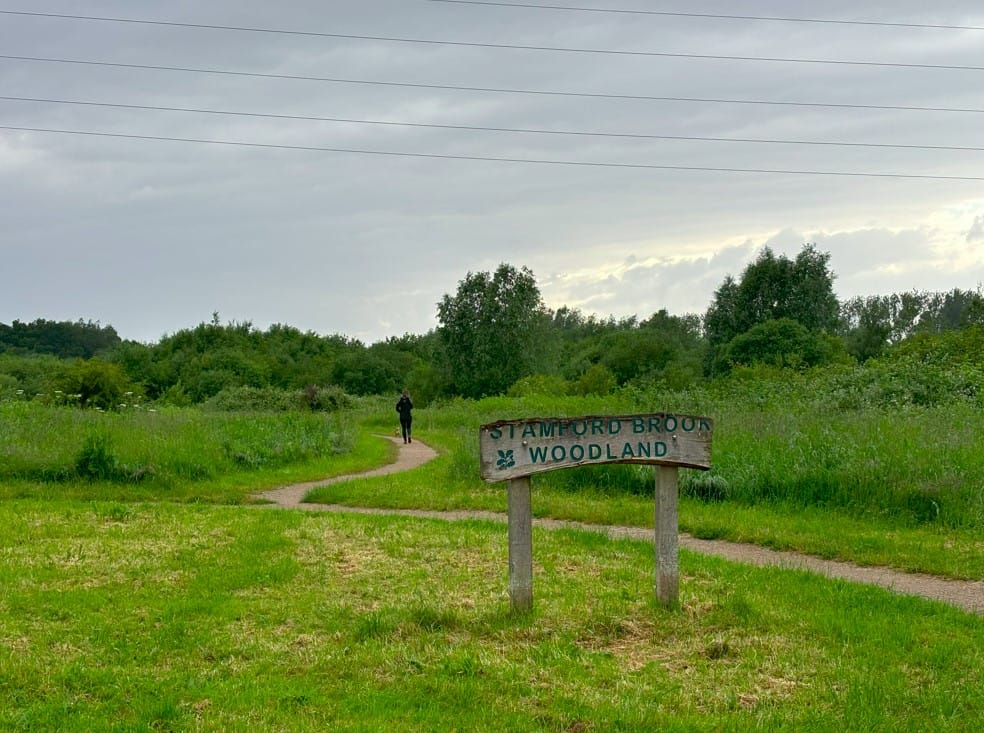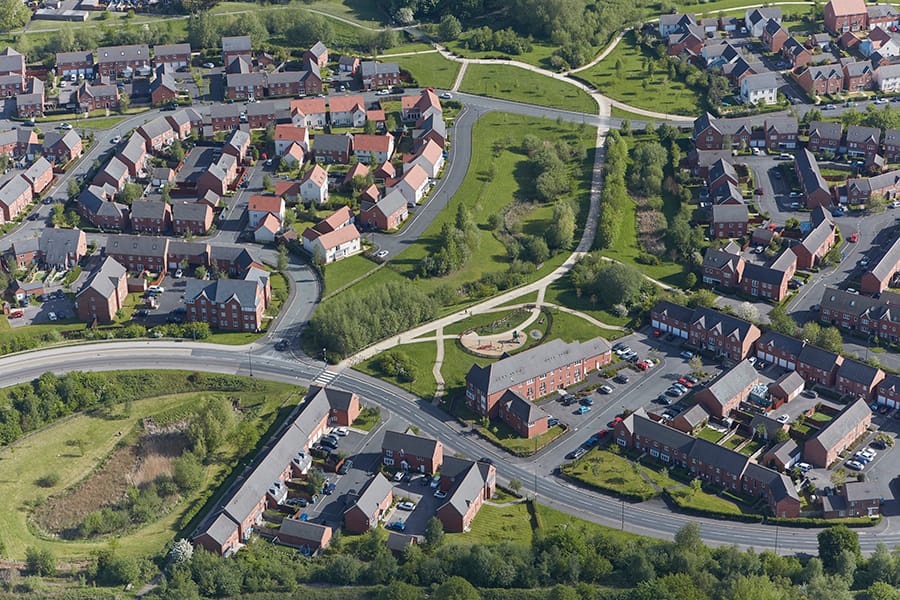
February 2025 marks the 1st birthday for legally binding BNG in England. As we celebrate this landmark date, we look back at a development that celebrates its 21st birthday in 2025, to consider how the new BNG legislation might shape our neighbourhoods in the coming decades.
Stamford Brook in Greater Manchester is a 700 house scheme with a local centre, built on former arable land, owned by the National Trust in partnership with developers Redrow Homes and Bryant Homes. Built before statutory BNG legislation, it had extensive and diverse landscaping at the core of its design, driven by the values of the National Trust and Redrow Homes’ desire to create a sustainable development at a commercial scale.
Key features of the development included energy efficient homes, doorstep green spaces and play areas, swales, sustainable drainage systems, a re-meandered brook and a restored floodplain to improve flood risk, and a community woodland with extensive circular paths.
Earthworks started in 2004 with remodelling of the Sinderland Brook and its floodplain. The 700 homes and associated landscapes were built in several phases between 2005 and 2012.
A retro BNG assessment reveals that Stamford Brook, across 36 hectares, delivers 12% BNG in respect of habitats and a whopping 200% for watercourse BNG! Using industry-standard valuations of £30 to £40,000 per habitat unit and £50 to £60,000 per watercourse unit, the net gains would be worth around £1.3m.
But money is only a shallow and partial way of reflecting the real value of the new habitats to the area.
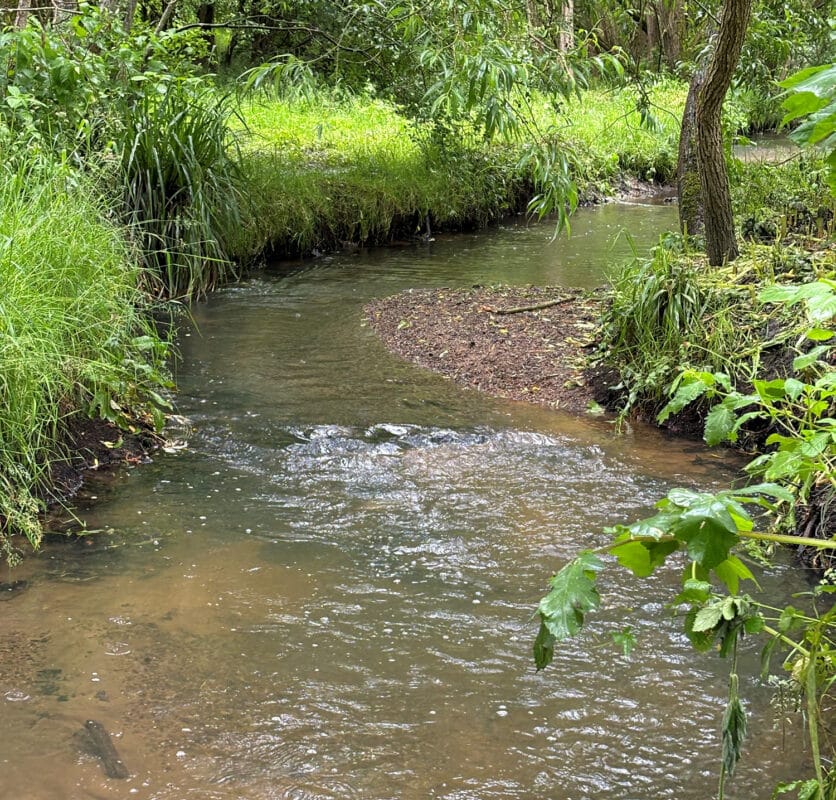
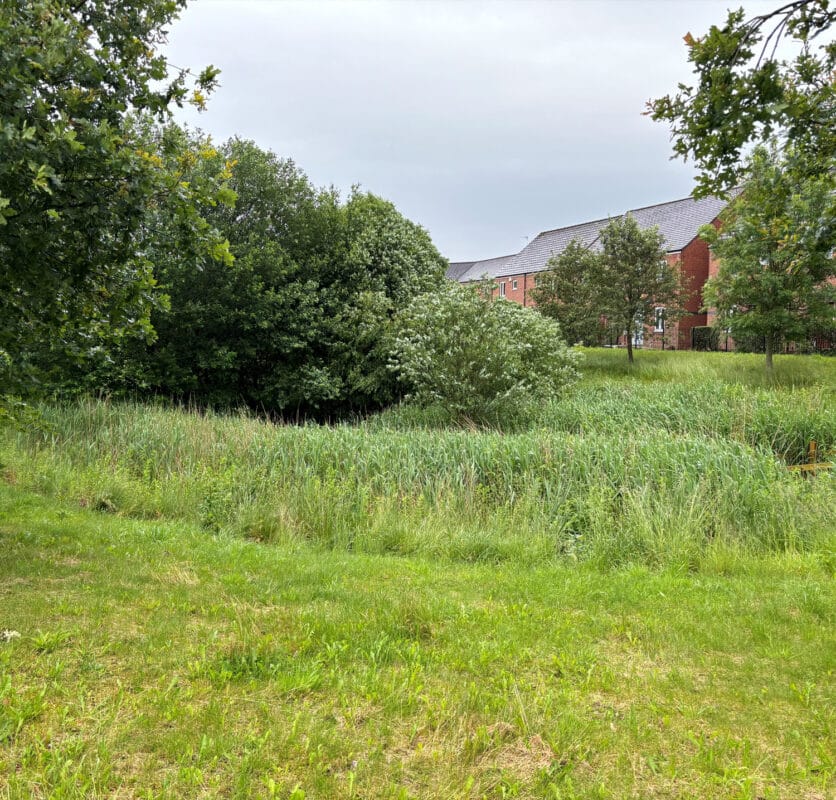
Biodiversity enhancement was just one of the key pillars of Stamford Brook’s design philosophy. The landscape masterplan also created great access to nature for incoming residents and existing communities. High-quality landscape management was embedded with a management company that takes landscape very seriously with prompt attention to repairs and communicating well with residents. The landscape uses ‘nature-based solutions’ in the form of reedbeds and swales that filter surface water and reduce flood risk.
When creating habitats at scale, species will benefit – the brook corridor and community woodland were strongholds for singing willow warblers in 2024, a species that is being pushed northwards in England by climate change.
The success of the scheme is not just measured by BNG units. Creating a desirable place to live facilitates the growth of local communities, with local spending from new residents supporting services and amenities.
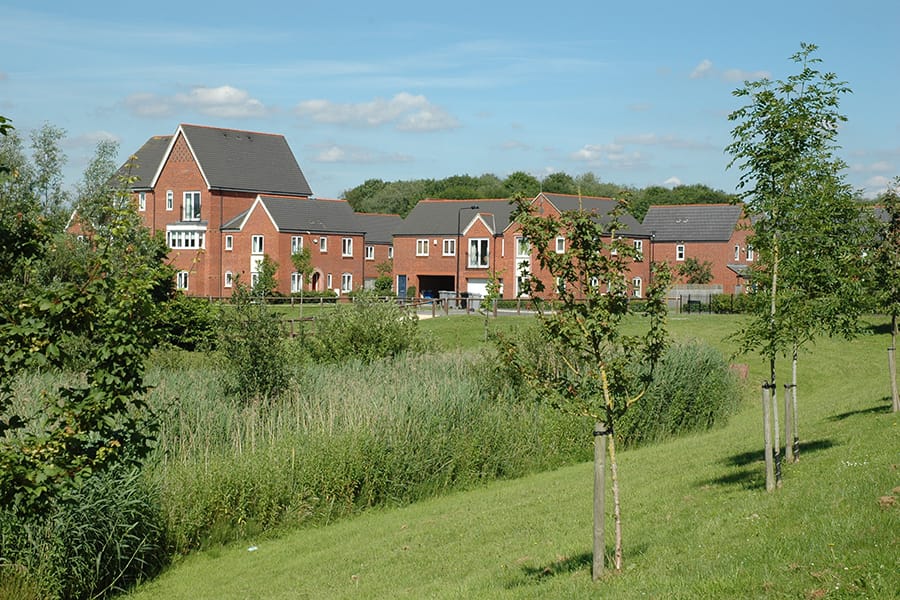
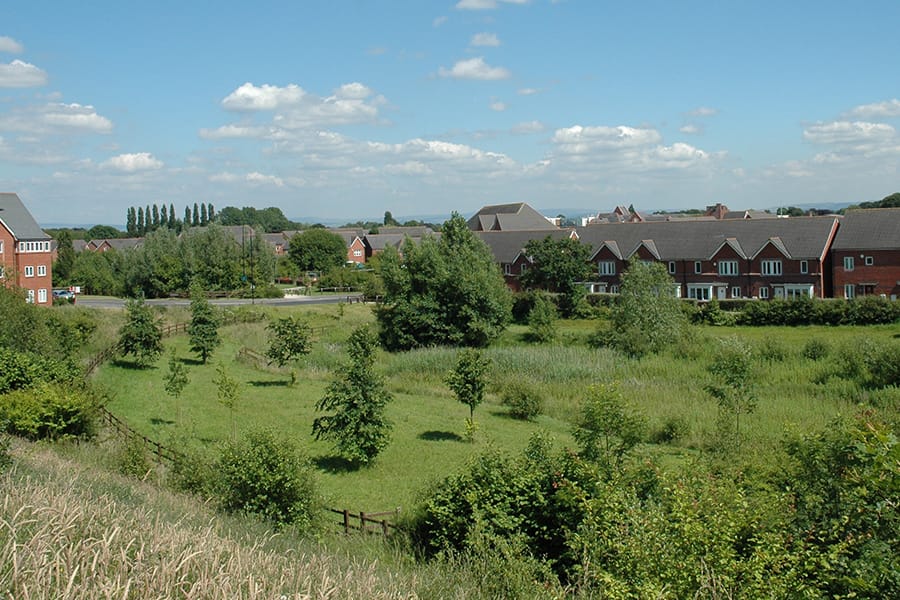
Liz Seal, TEP’s ecology director and a local resident says, “Stamford Brook shows that BNG adds value to development when it is ‘baked into’ the placemaking and neighbourhood quality aspects of design. Of course, not every development can achieve so much BNG on site but the key thing everywhere is to ensure that biodiversity is part of a multi functional design approach to open spaces and that new habitats should be well managed and supply good access to nature, improved water management and provide a good setting for the development.
“Stamford Brook also benefits from the far-sighted approach by the landowner and developer. Delivering deep environmental improvements meant a realistic approach to land values had to be adopted but the long term gain for the neighbourhood has been worth it.”
In summary, our 21 year old BNG housing scheme, shows that integrating diverse landscaping into development schemes with appropriate long-term management can have a positive impact for wildlife and the community. Therefore, legally-binding BNG which ought to make the delivery of similar schemes the norm, should celebrate its first birthday in style!
Liz Seal again, “TEP’s integrated team of ecologists and landscape designers can help to maximise on-site BNG in a pragmatic and people friendly way. The challenge for BNG as it matures in England is to streamline the process for smaller sites and SME developers so that the costs of planning for BNG are reduced. 10% BNG is often not possible on smaller sites. As ecologists we understand the importance of housing growth so at TEP we’re looking at ways to streamline BNG advice for small sites to reduce the costs associated with their planning applications.”
Note: TEP acted as ecologist, landscape designer and landscape manager to support the masterplanning, implementation and handover of the river restoration, habitat creation and public open spaces at Stamford Brook. The scheme is in Trafford Borough.
